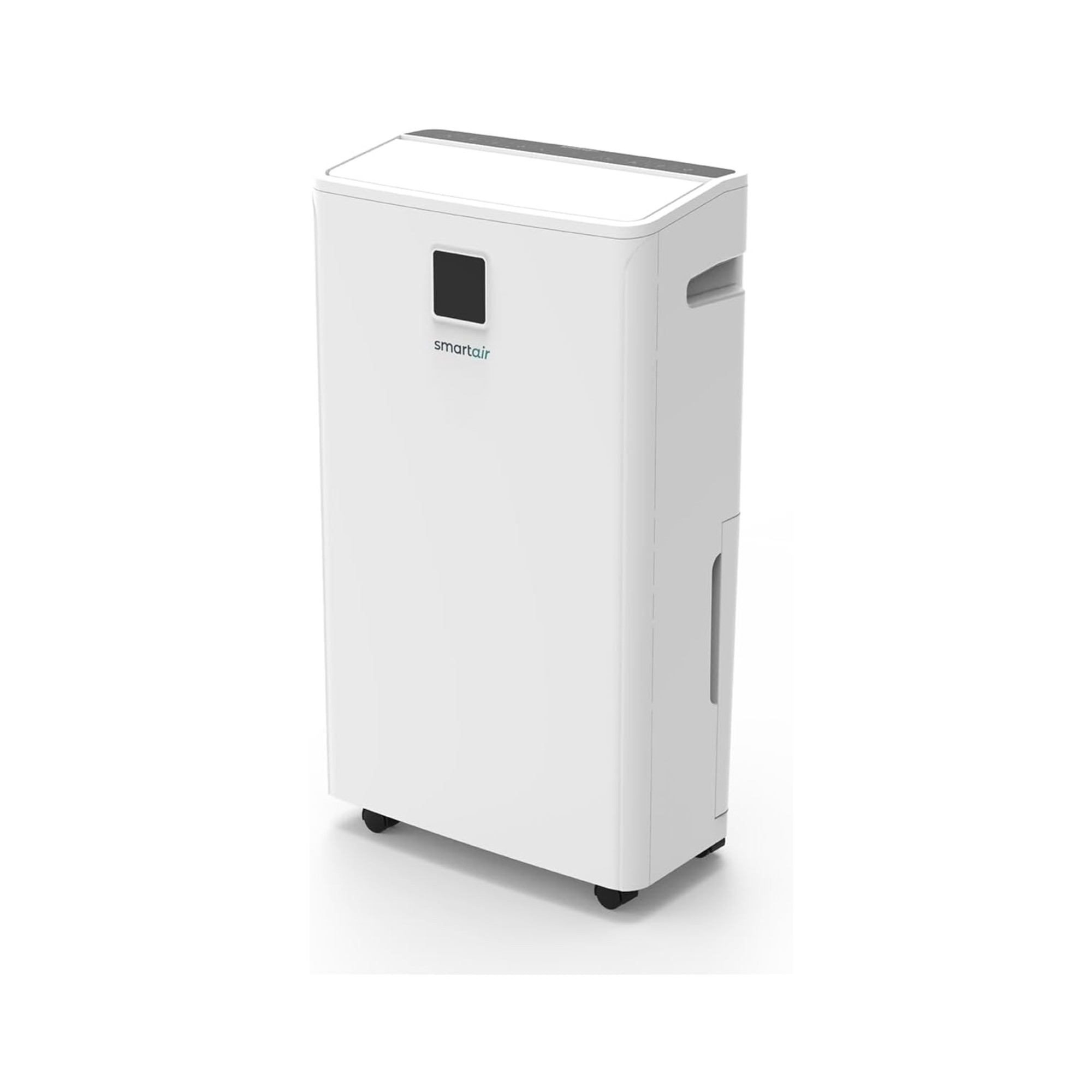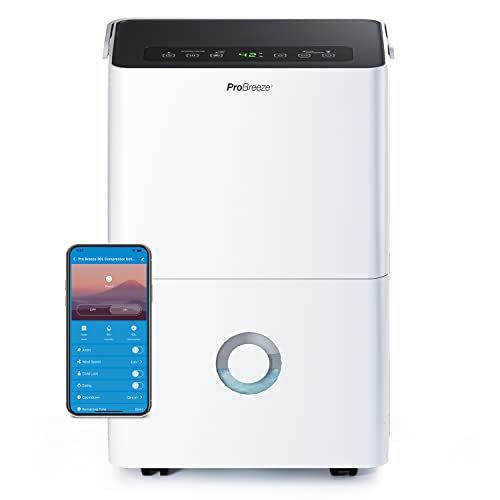This is the easiest way to set up continuous dehumidifier drainage if you're fed up emptying your unit during winter's damp season
Follow this simple, expert step-by-step guide


Condensation on windows, laundry that takes ages to dry, and the faint smell of mould are all telltale signs that the damp season is here. And while a dehumidifier can help during the colder months, knowing how to set up continuous dehumidifier drainage can be a real game-changer.
The best dehumidifiers are designed to remove excess moisture in the air, helping to stop condensation on windows, speed up drying laundry in winter, and support your wider efforts to get rid of damp and mould. But their water tanks can fill up quickly – and constantly emptying them is a hassle you don't need when your home is already battling cold-weather moisture.
That's where continuous dehumidifier drainage comes in. Instead of emptying the tank every few hours, your unit can drain automatically into a sink or waste pipe.
We've spoken to the experts to find out everything you need to know about how to set up continuous dehumidifier drainage and how to tackle common troubleshooting issues.
Why should you set up continuous dehumidifier drainage?
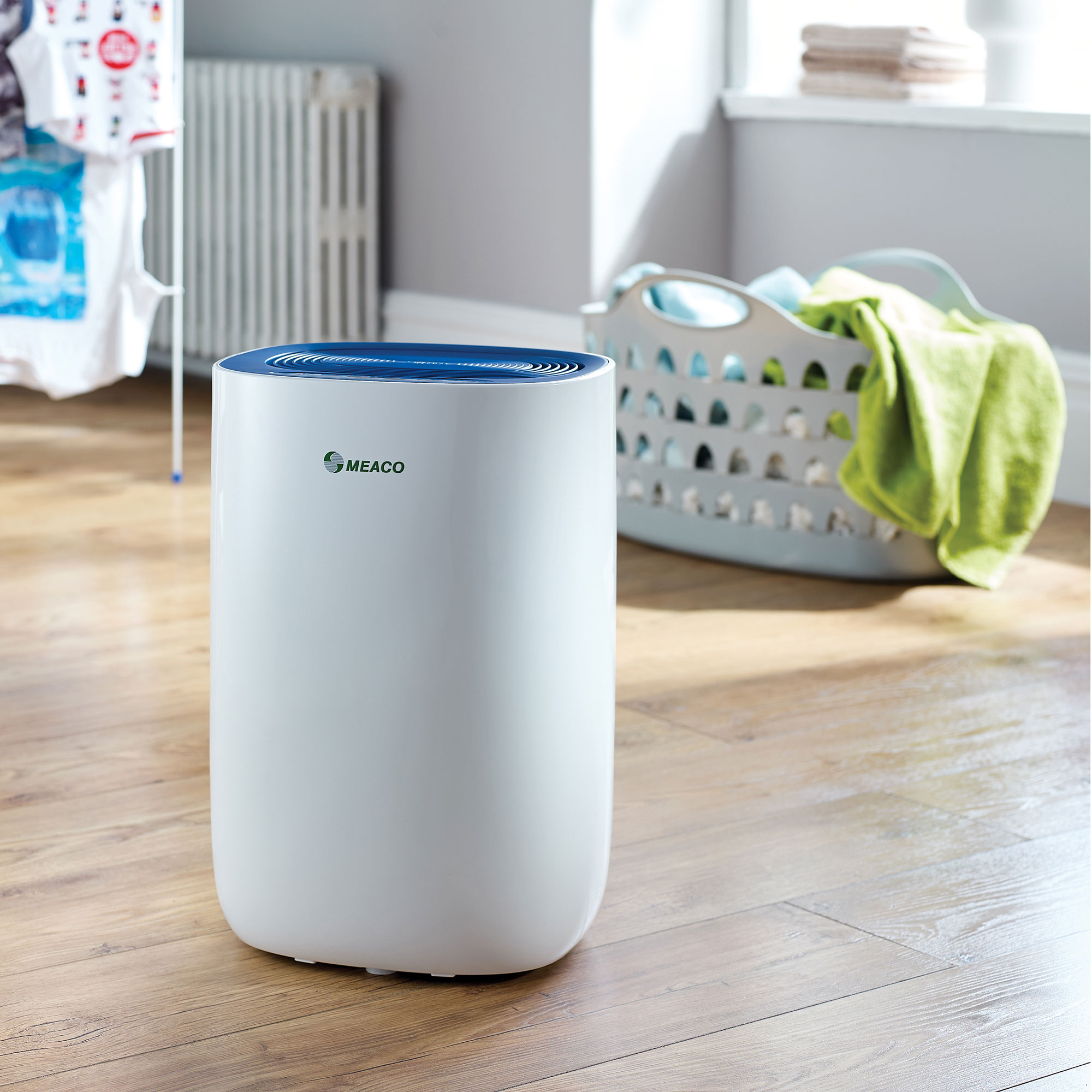
The biggest benefit of setting up continuous dehumidifier drainage is convenience, says Laura Bradbury, head of e-commerce at Vonhaus. 'Your dehumidifier can run for long periods without interruption, keeping humidity levels steady and preventing damp and mould.'
'Instead of emptying the water tank every few hours, you can attach a hose so moisture drains away automatically. It’s ideal for keeping on top of condensation in basements, bathrooms or laundry rooms,' explains Laura.
Matt Ladell, brand manager at Duux, adds that continuous drainage is especially handy for areas where checking the tank regularly isn't always practical.
Sign up to our newsletter for style inspiration, real homes, project and garden advice and shopping know-how
'It's convenient if you want to run the appliance overnight without having to empty the tank. Knowing how to set up continuous dehumidifier drainage also allows the unit to maintain a steady extraction rate, avoiding frequent stop-start cycles and helping to optimise energy efficiency,' Matt points out.

Matt is the brand manager for premium air treatment brands Blueair, Duux, and De’Longhi portable air conditioning, overseeing a portfolio of innovative products designed to enhance indoor comfort and air quality.
How to set up continuous dehumidifier drainage
1. Check the manual
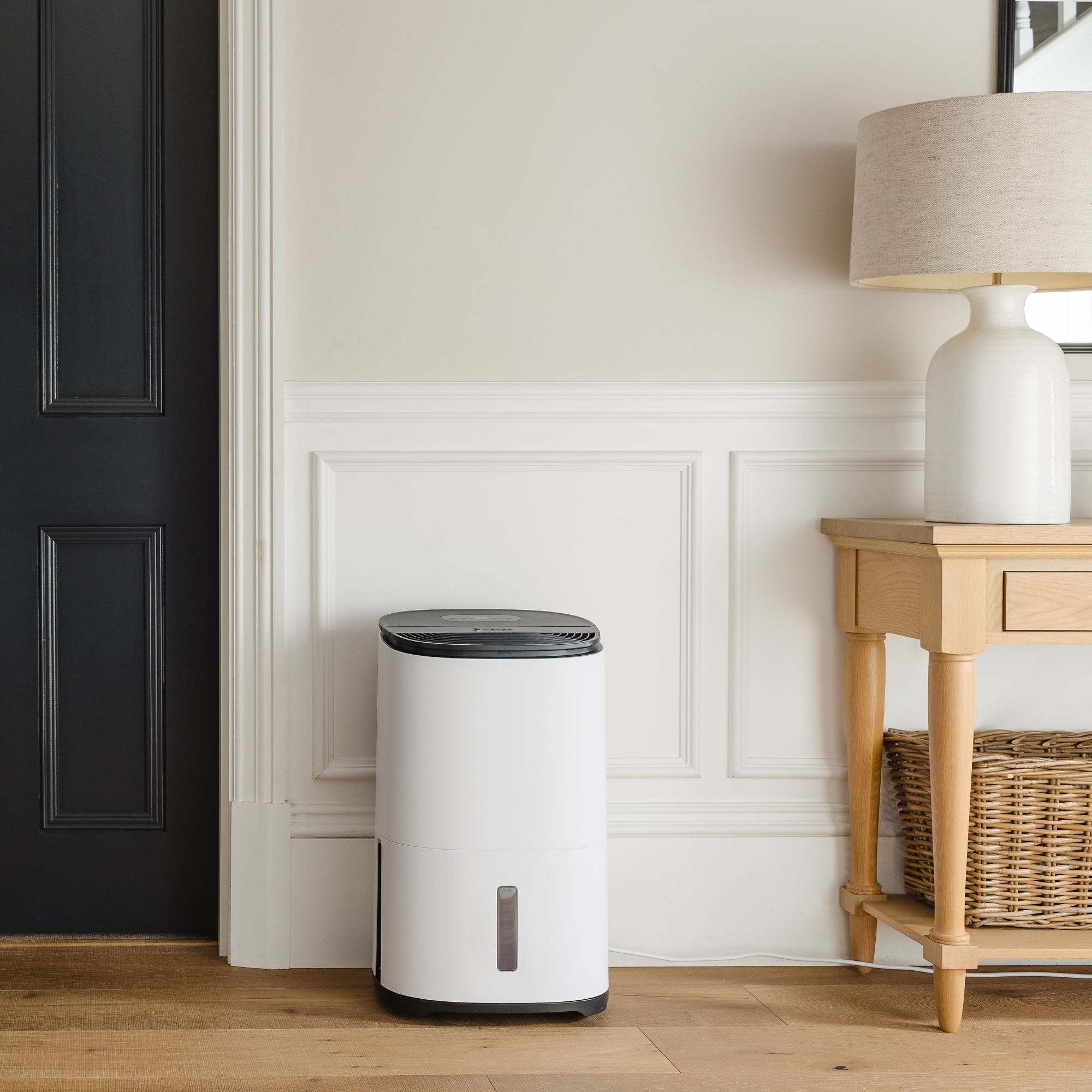
Different models have different hose sizes, fittings and drain locations, so it's worth having a quick look at the manual before you start.
'Always refer to the manufacturer’s manual that comes with your dehumidifier for correct instructions on installing the continuous drain hose, as these will vary from model to model,' says Noel Fok, indoor air quality expert and co-founder of EcoAir.
Some units also have a small drain plug or cap covering the outlet, which needs to be removed before attaching the hose - it's an easy detail to miss when you're figuring out how to set up continuous dehumidifier drainage for the first time.
2. Choose the right location

Next, decide where your dehumidifier is going to sit. Pick a spot that's steady, flat and close enough to wherever you want the water to drain – whether that's a floor drain, sink or shower tray.
'Place the dehumidifier on a level surface that sits higher than your drain point,' says Chris Micheal, CEO of Meaco. This step matters, as continuous drainage only works if gravity can do the hard work for you. If the unit sits too low, the water may not flow properly.

Chris has been advising on humidity solutions and dehumidifiers since 1991 and is well known within the dehumidifier industry across the world as a lead on innovation and sustainability. With a wealth of experience in the industry, Chris is committed to helping provide low-energy and low-noise solutions appliances that improve the lives of customers.
3. Remove the tank
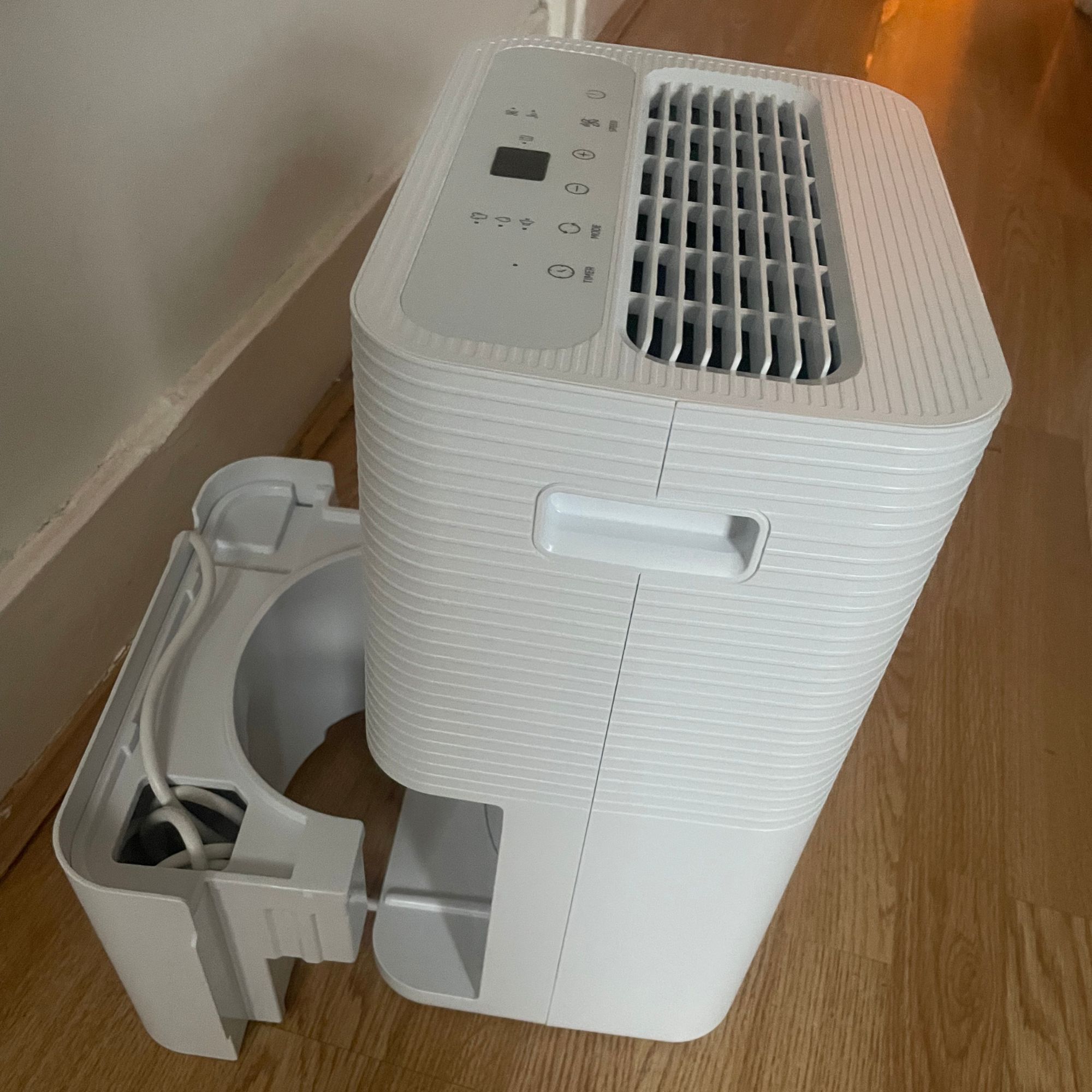
Make sure the dehumidifier is switched off and unplugged before you get started. Slide out the water tank if you need to, then locate the drainage outlet at the back, advises Matt from Duux. 'It’s usually sealed with a small rubber or plastic cap,' he says.
Once you've found the outlet, keep the cap safe – they're notoriously easy to lose!
4. Attach the drainage hose
Once you've found the outlet, it's time to connect the hose. Not all dehumidifiers come with one, but as long as your unit has an outlet, you can attach a standard flexible drainage hose (such as this one from Amazon). Slide the hose onto the outlet until it feels secure.
If it feels loose, you can use a small hose clip or cable tie, suggests Matt. 'That will keep everything secure and stop any unwanted leaks.'
'If the hose runs outside, it's important to use pipe insulation to protect against freezing and potential blockage,' adds Noel from EcoAir.
5. Position the hose correctly
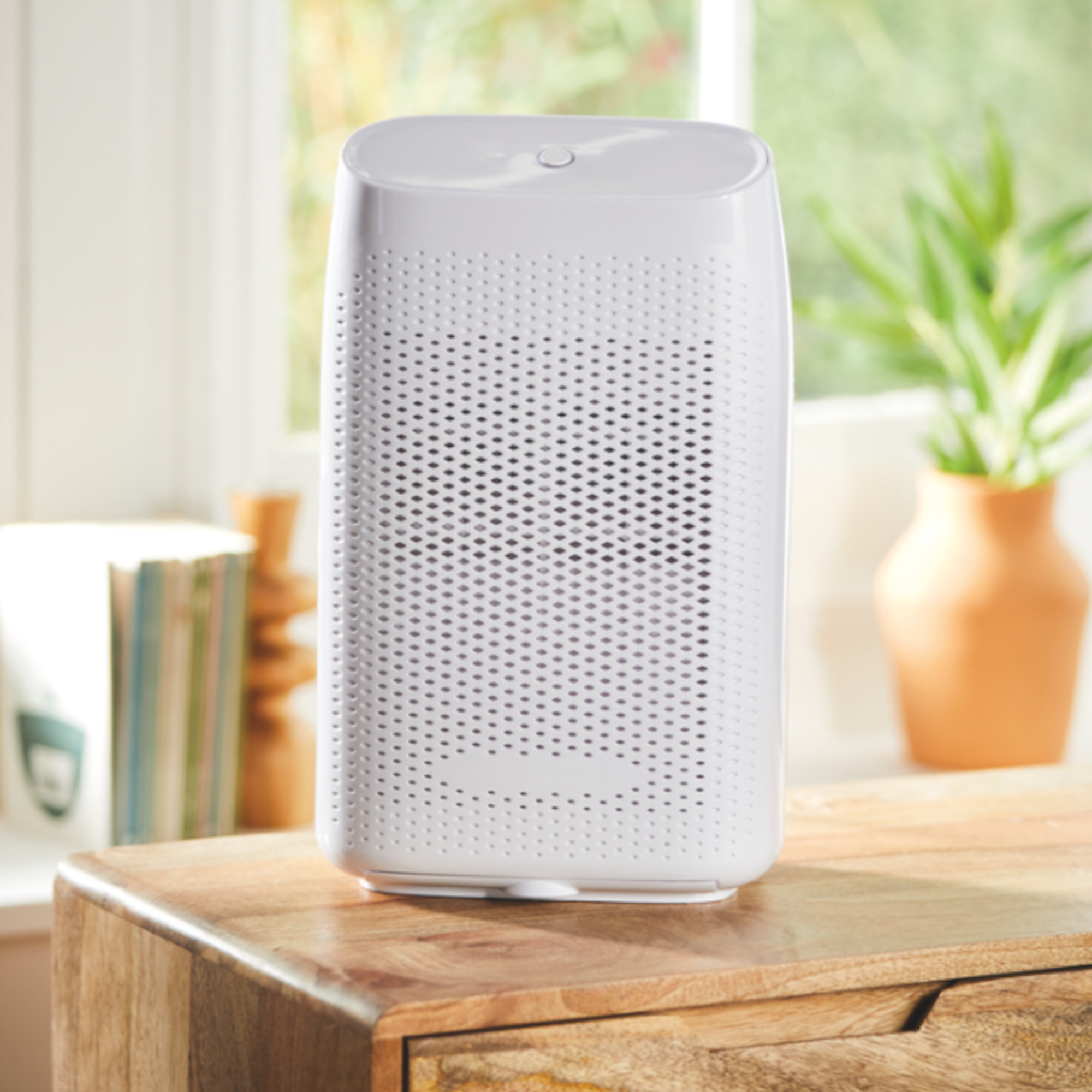
'The hose should run continuously downhill from the unit to your drain, and have no kinks or raised sections,' warns Chris from Meaco.
It's also important to make sure the end of the hose isn't submerged in standing water. 'Leaving it an unattended bucket, for example, can cause back-pressure and force water back into the dehumidifier's tank,' adds Noel.
6. Test the setup
Plug the unit back in and switch it on. After a few minutes, you should start to see water trickling through the hose, which is your sign that everything's working as it should. 'If not, gently adjust the hose angle or check for kinks,' says Matt from Duux.
Finally, check the appliance itself. Sometimes a floater or sensor can give a false full tank, says Katie Lilywhite, dehumidifier expert at AO.com. 'Remove your dehumidifier’s tank, check the float moves freely and reset your appliance,' she advises.

AO's latest addition is Katie, a key expert at a multitude of appliances, including dehumidifiers, portable air conditioners, fans and air purifiers.
Shop our top rated dehumidifiers
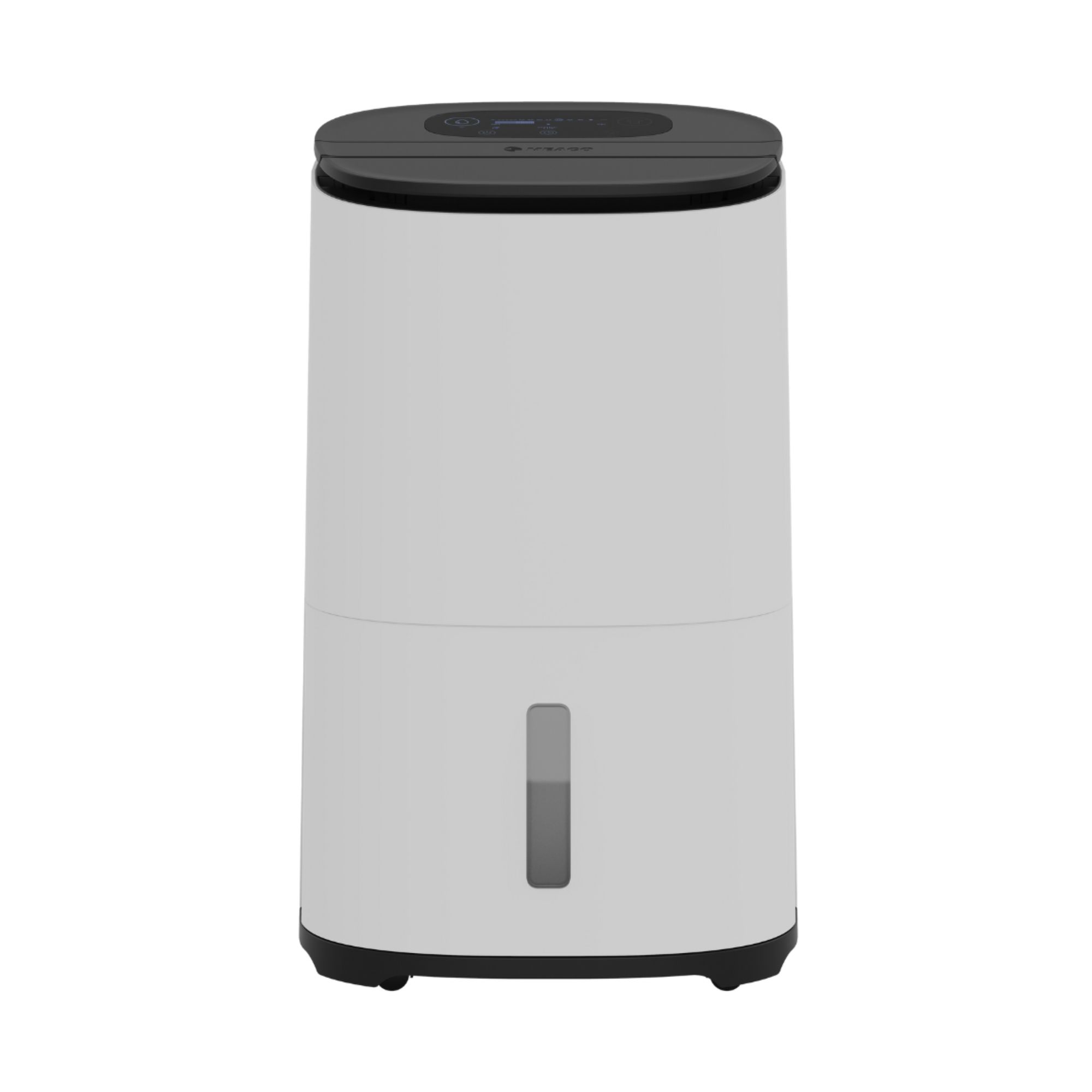
Crowned the best dehumidifier overall in Ideal Home's guide, the MeacoDry Arete Two is quiet, easy to use, and great for drying washing. It has a drainage outlet, but not a hose, so you'll need to attach a standard 12mm internal diameter hose for continuous drainage.
FAQs
Should I leave my dehumidifier on continuous mode?
Running your dehumidifier continuously can be useful when you’re trying to combat damp rooms during winter or dry your laundry faster, but there are some things to keep in mind. To make the most of your dehumidifier, it helps to aim for the ideal room humidity, than leaving it unchecked, explains Katie from AO.com.
'If you’re using your dehumidifier for general household use, it's better to switch to the humidity setting or use auto mode instead. This way the unit will power down automatically when it reaches the highest level, saving both energy and money,' she says.
Laura from VonHaus agrees: 'Once the air feels comfortable, it’s more efficient to set a target humidity of around 45 to 55 per cent'.
Can you connect a dehumidifier to a drain?
You can connect a hose directly to a drain – and it's actually one of the easiest ways to manage moisture without any daily upkeep. That said, you do need the right setup. 'You can use a suitable hose adapter, rubber drain fitting, or universal connector,' says Chris from Meaco.
The drain itself matters too – it needs to be open and free flowing so the water can escape easily. Noel from EcoAir recommends using a sink, bath, or open floor level drain in a cellar. 'You’ll also need to ensure the water can flow downwards from the dehumidifier into the drain,' he adds.
Knowing how to set up continuous dehumidifier drainage is a simple trick that helps to keep your unit low-maintenance and stops one of the most common dehumidifier mistakes – emptying the tank on repeat. An easy upgrade for smoother running.

You must confirm your public display name before commenting
Please logout and then login again, you will then be prompted to enter your display name.
